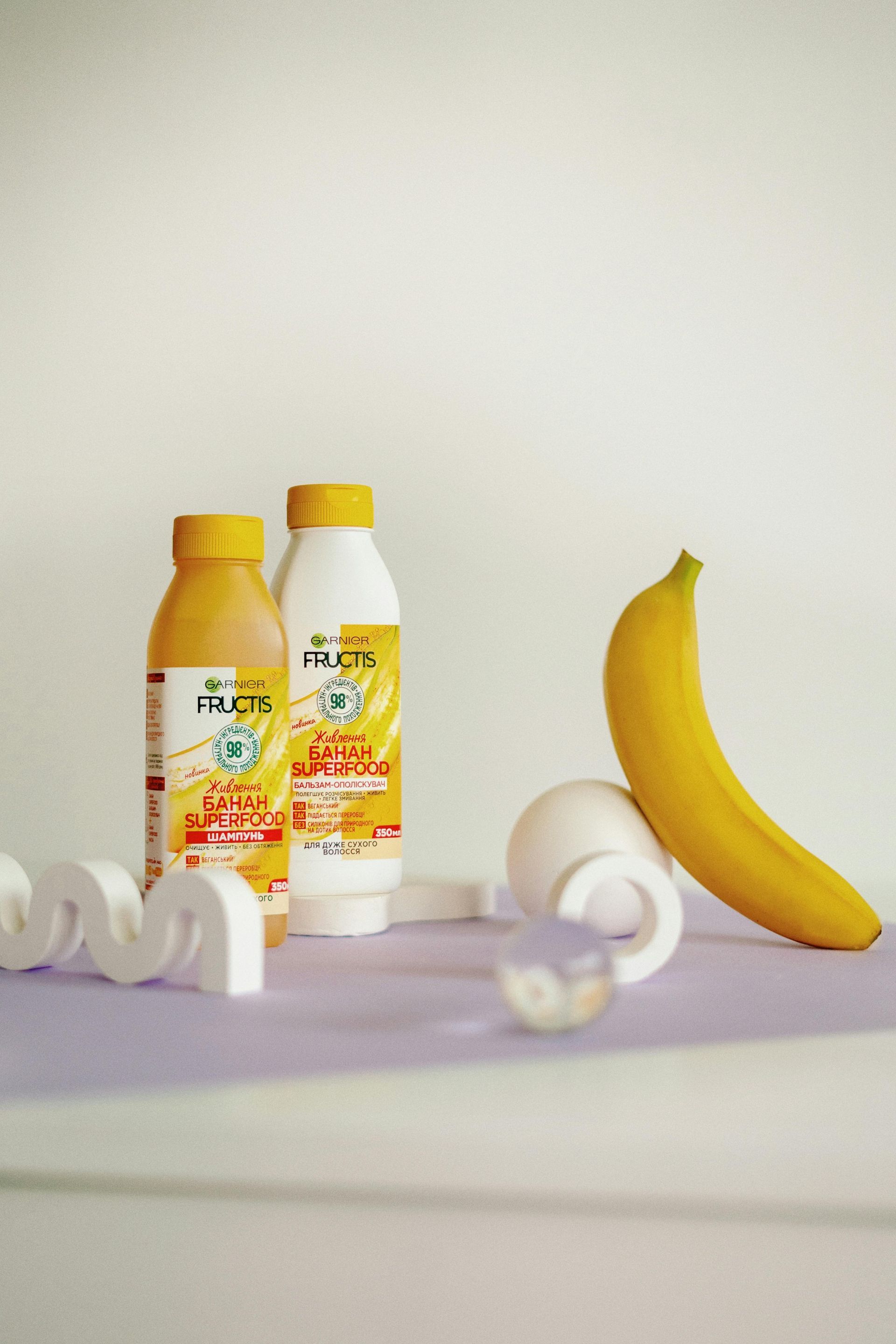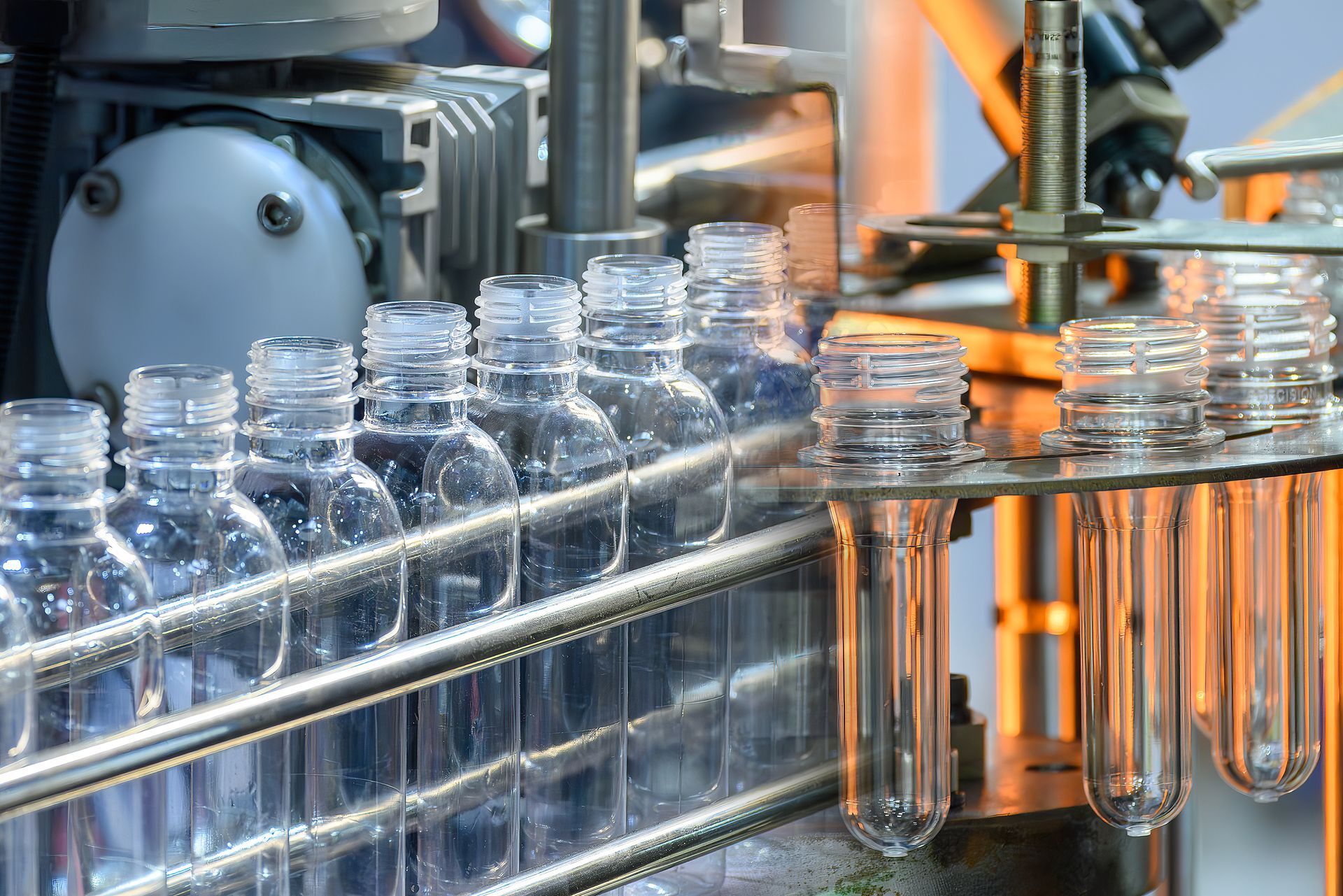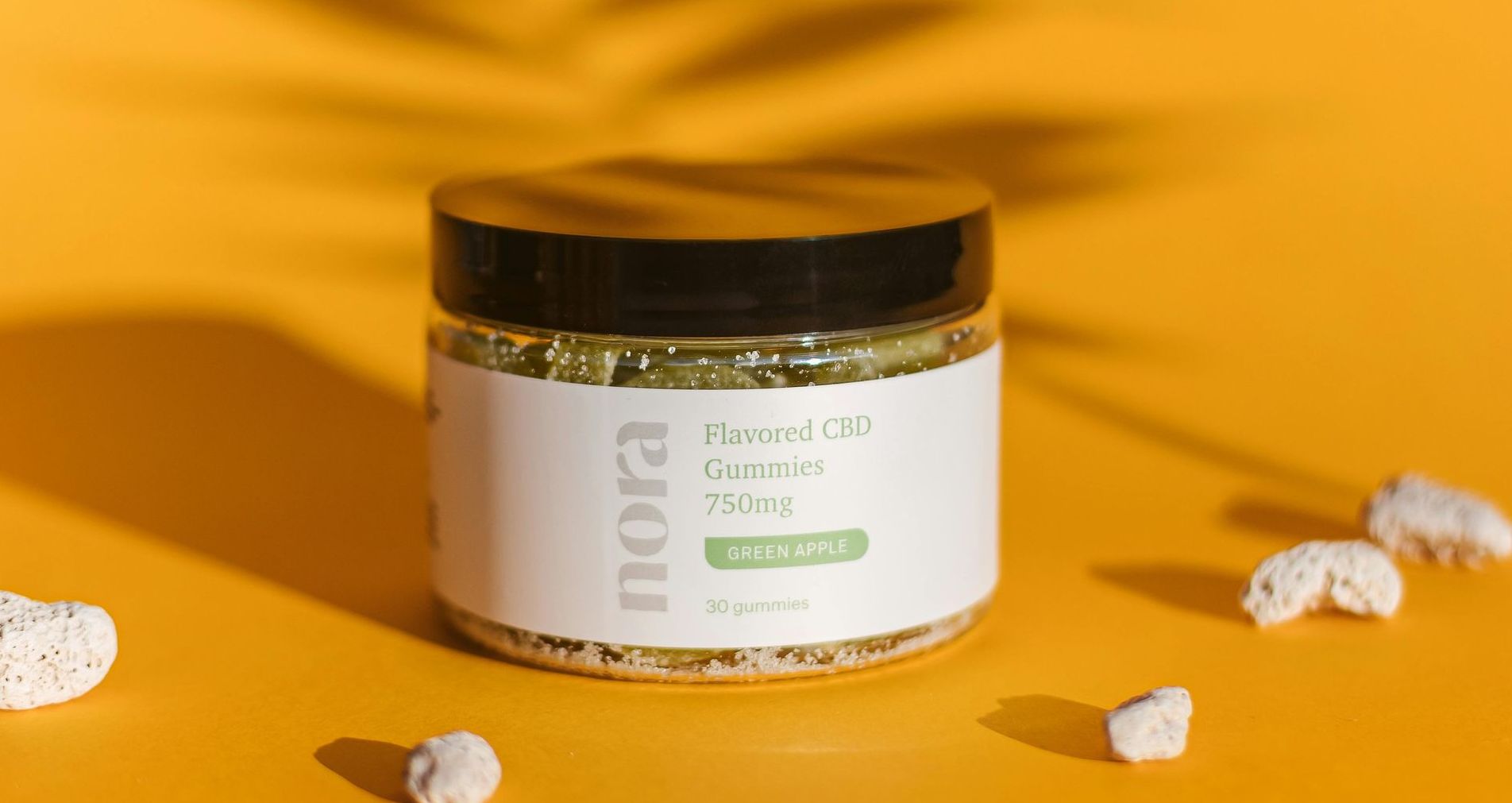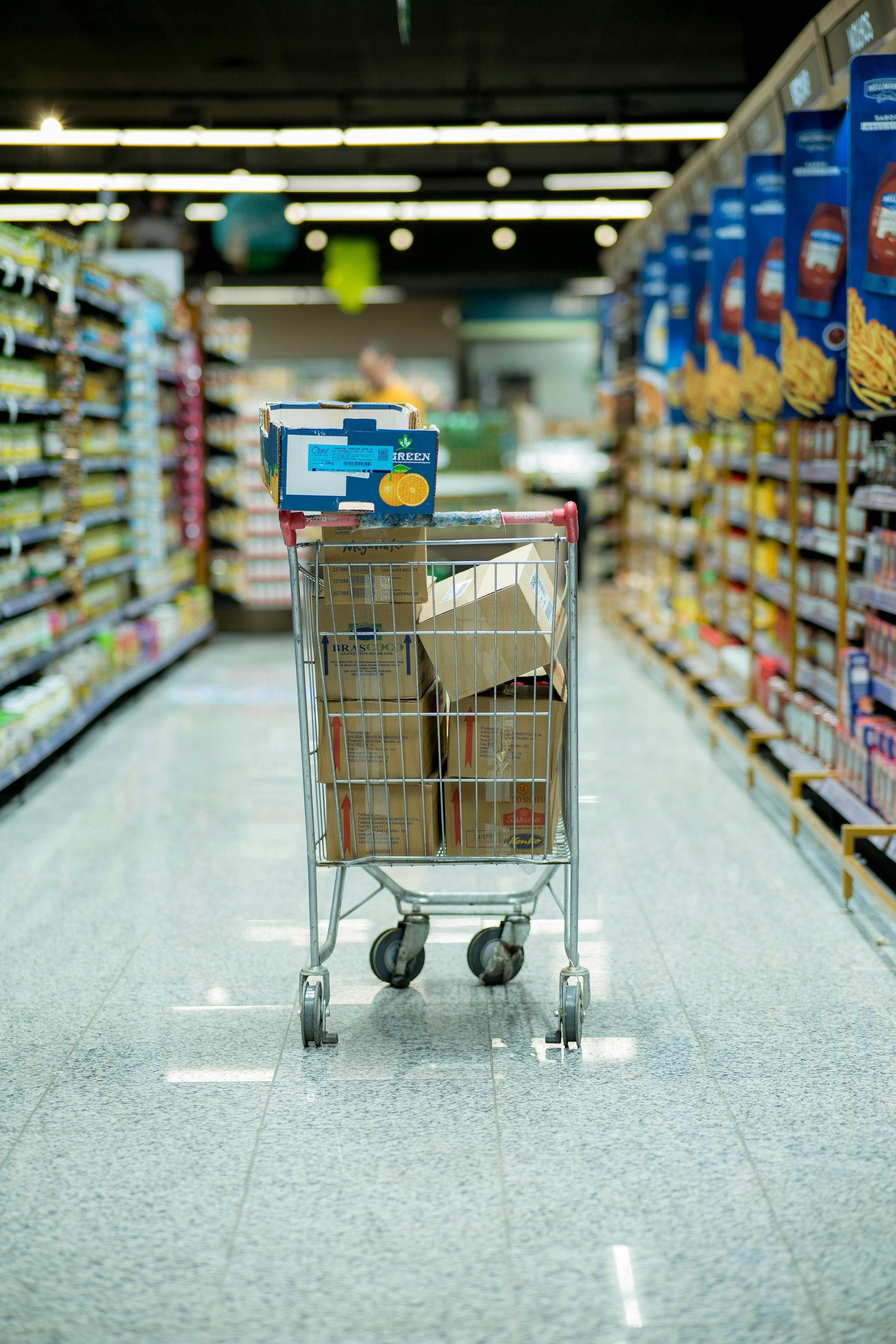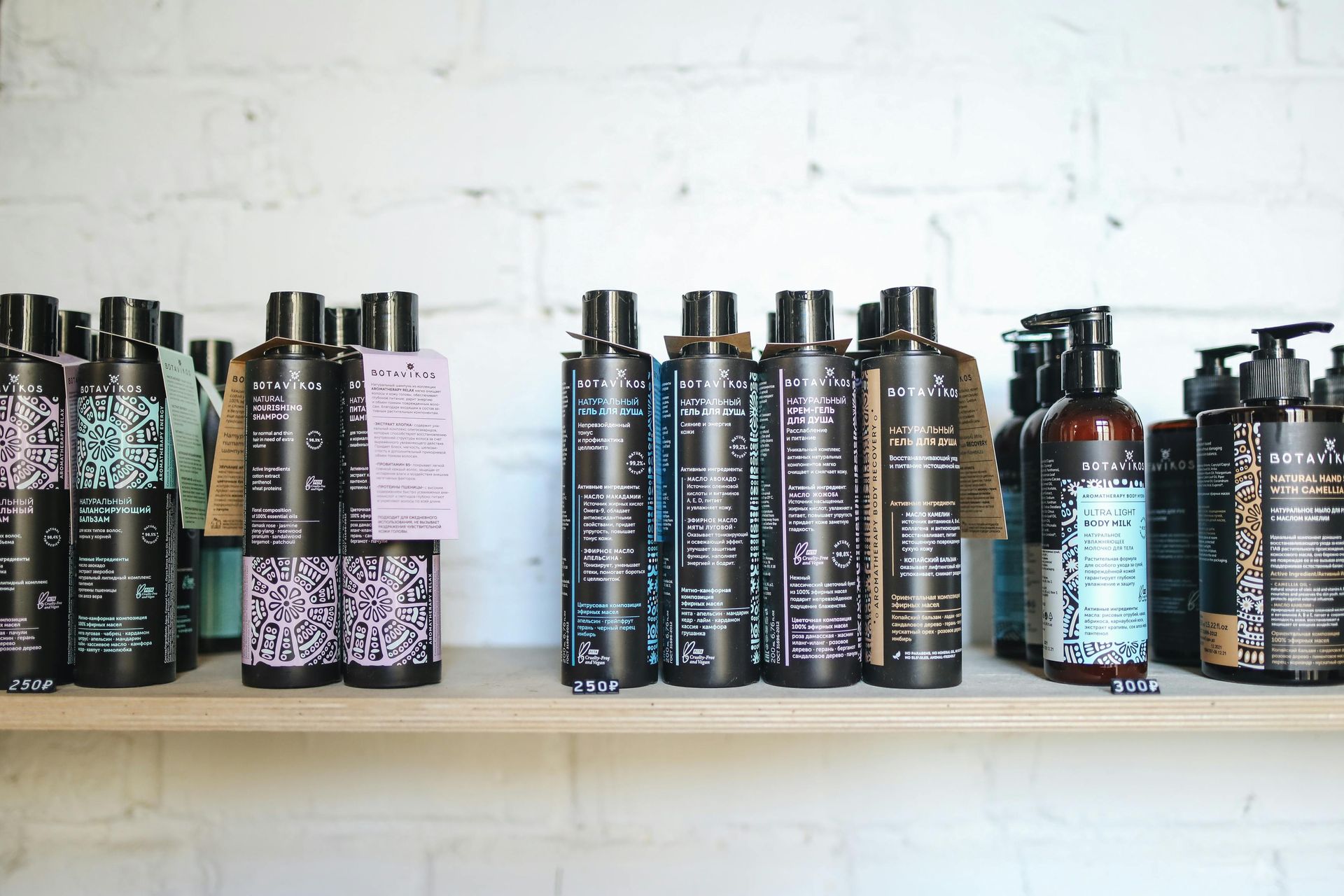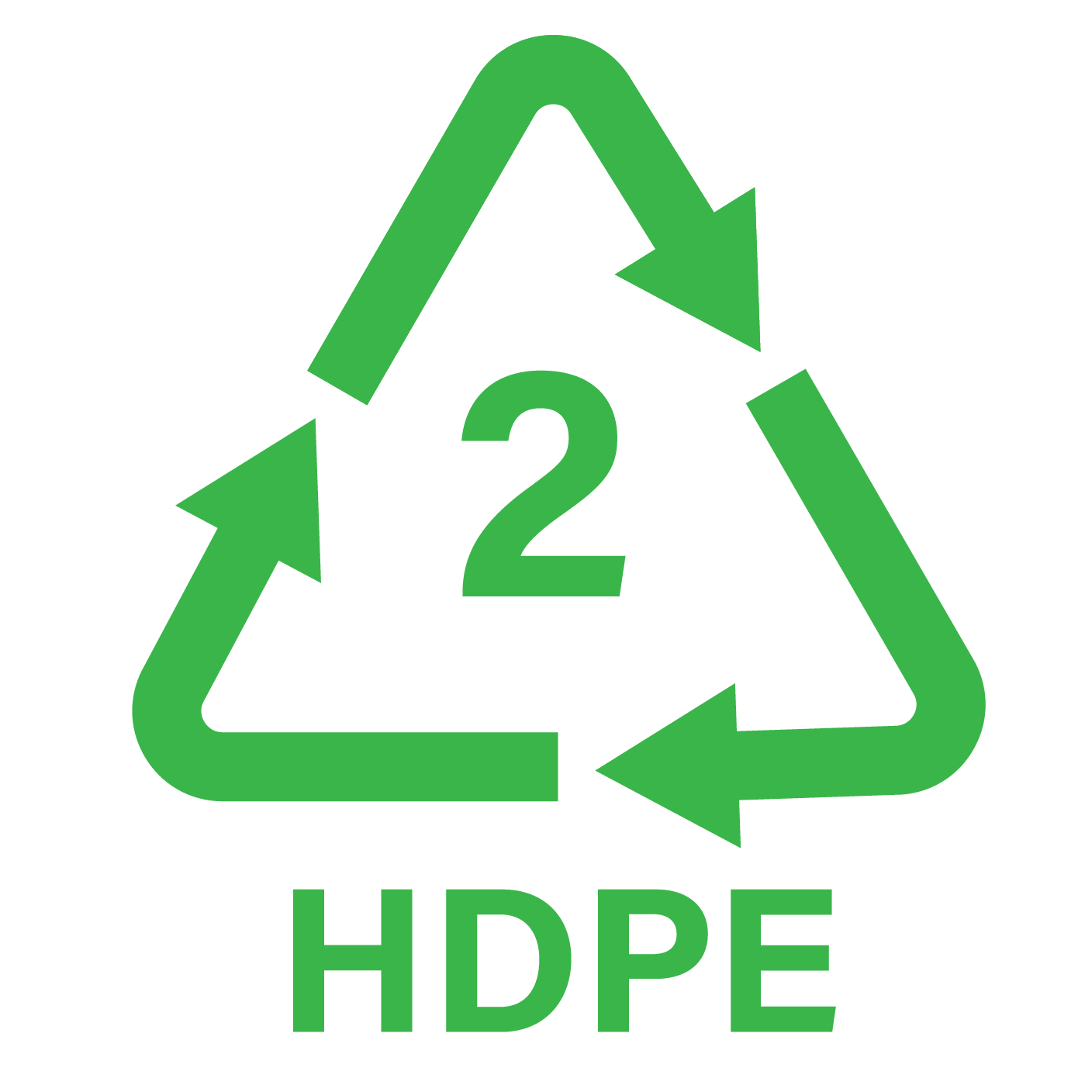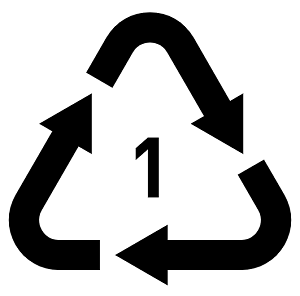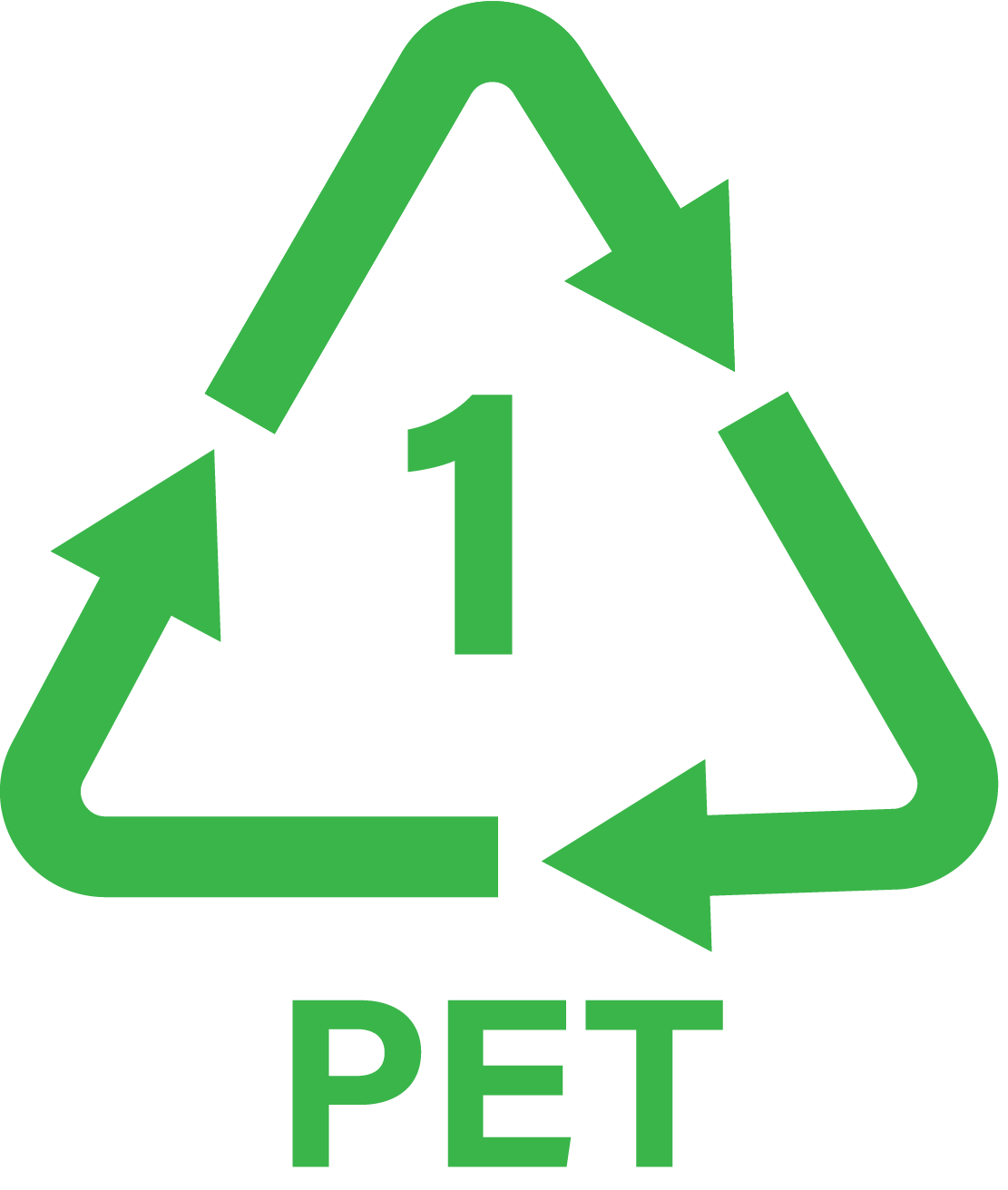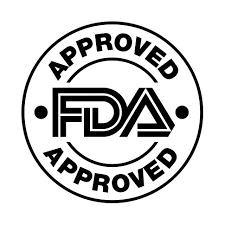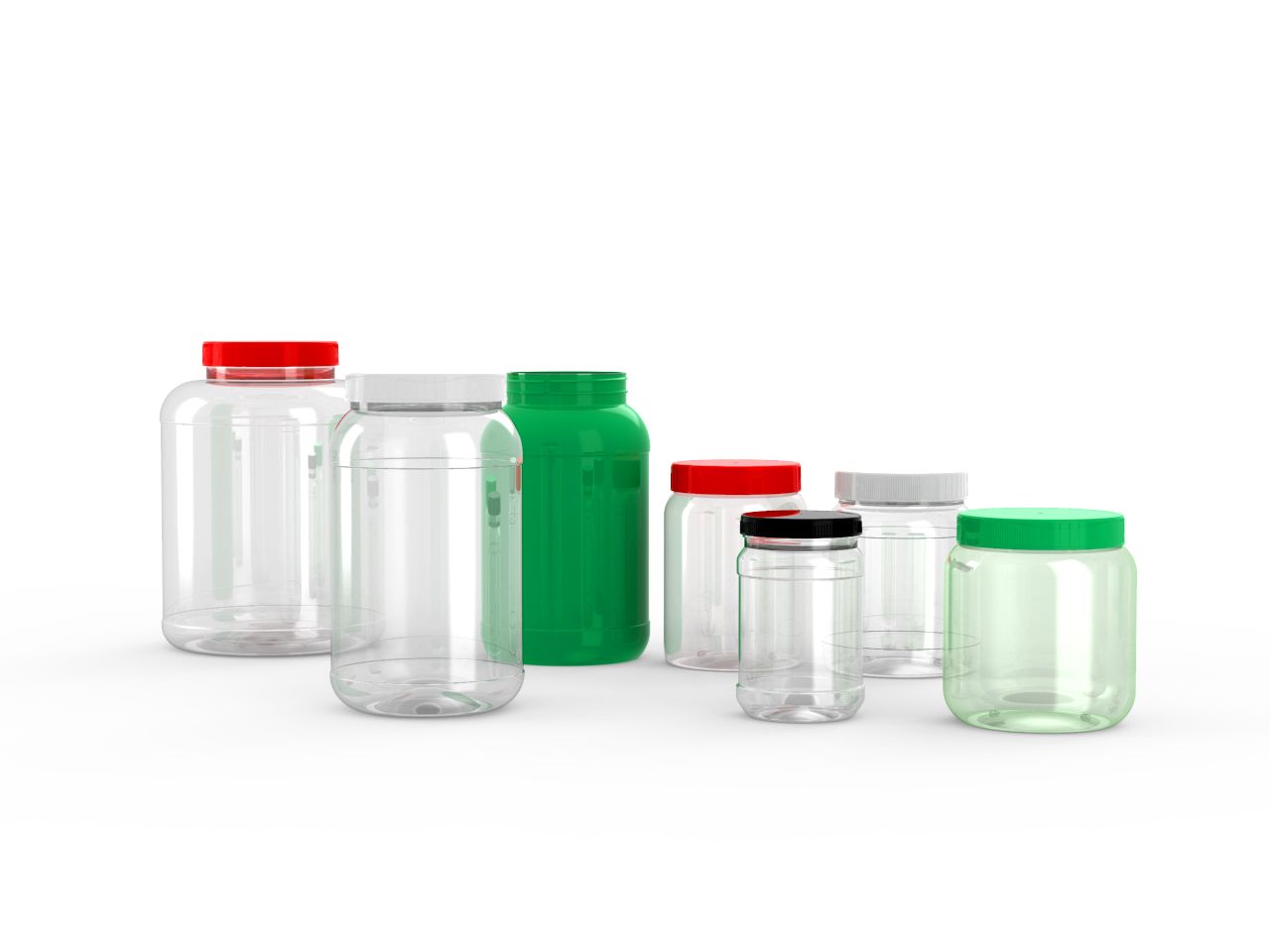Why Switch to PET or rPET Plastic from Glass?
Simple Reasons Why Brands Should Switch to Plastic from Glass for Packaging.
Let's face it. When it comes to environmental issues, plastic gets a bad rap. But is this villainous reputation truly warranted?
Short answer - No. Longer answer - There are several reasons why switching from glass to PET (and rPET) plastic packaging could be beneficial, not just to your business, but to the environment.
What is PET Plastic?
PET is an abbreviation for polyethylene terephthalate, which is currently the most popular material used for plastic bottles on the market. It is strong, rigid, and flexible, yet lightweight. And, of course, it's completely non-toxic.
rPET is a plastic that is made by recycling PET. Unlike many other packaging materials, PET is 100% recyclable and the end result is a plastic identical (or, in some cases, superior) to the original.
How is PET plastic better than glass for your brand?
PET plastic offers all of the same benefits of glass when it comes to packaging--it's durable, it's reusable, and it's transparent. In addition, PET (and rPET) offer a number of advantages over traditional glass packaging:
- PET plastic is lighter than glass, which means bottled/packaged products are cheaper to transport and carry.
- PET plastic is shatterproof, making it simpler and safer to handle.
- PET plastic creates a more effective oxygen barrier than glass and is easier to reseal. Products packaged in PET are likely to last longer than those in glass.
How is PET plastic better than glass for the environment?
These days, we're all looking to do what's best for the planet and lower our carbon footprint. That's where PET (and rPET) have a clear edge over glass:
- Manufacturing PET plastic requires less energy and creates fewer greenhouse glasses than the manufacture of glass. Recycling PET into rPET reduces the carbon footprint even more.
- PET plastic is easier and cheaper to recycle than glass.
- PET plastic is much more versatile than glass, which means it can be recycled into more products. Aside from packaging, rPET can be used to make blankets, insulation, shoes, car parts, and many more items.
Even when it's not recycled, PET plastic is still better for the environment than glass. It takes PET 450 years to break down naturally in a landfill, while glass could potentially stick around for a million years (or even more)!
TLDR Answer
PET (and rPET) plastic offers all the benefits of glass--durability, reusability, and transparency, but it's lighter, cheaper, and more versatile. Switching from glass to PET plastic is a smart move, and switching to rPET (recycled plastic packaging) is even better, not just for your business, but for the environment.
If you wish to learn more about how Plascene can help your business reach it's packaging goals sustainably, get in touch!


